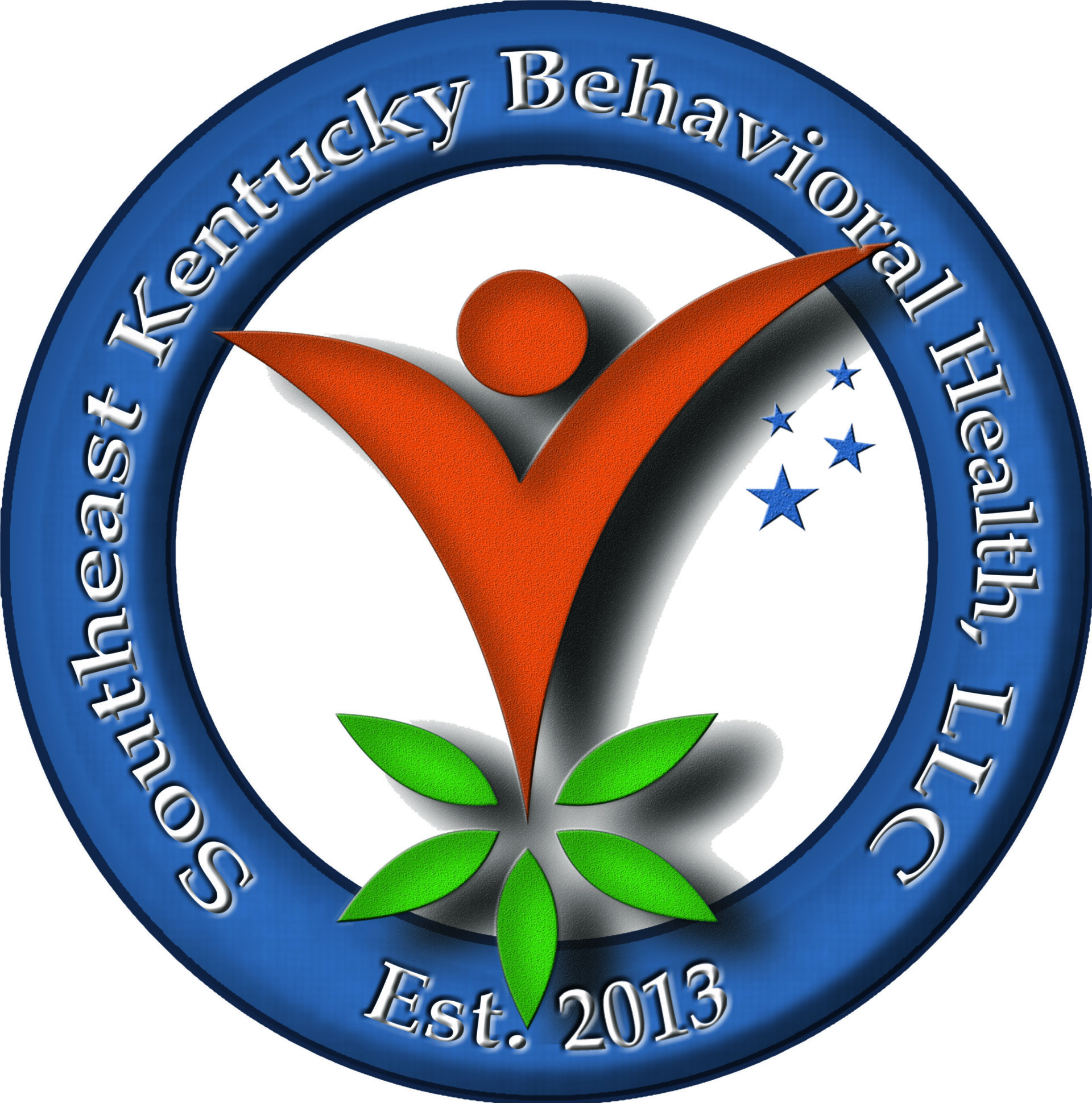Too Clingy in a Relationship? Understanding Causes, Effects, and Solutions
Clinginess in a relationship often stems from deep-seated emotional needs, past experiences, or attachment styles. While emotional closeness is essential in a relationship, excessive clinginess can create stress and imbalance between partners. This article explores the psychological roots of clingy behavior, its impact on relationships, and strategies to foster healthier attachment patterns.

Understanding Clinginess in Relationships
Being “too clingy” typically refers to an excessive need for reassurance, constant communication, or an overdependence on a partner for emotional stability. Psychologists often link clinginess to attachment styles, particularly anxious attachment, which is characterized by fear of abandonment, high sensitivity to rejection, and a strong desire for closeness (Hazan & Shaver, 1987).
Causes of Clingy Behavior
- Attachment Styles
- According to attachment theory, individuals develop attachment patterns based on their early interactions with caregivers. Those with an anxious-preoccupied attachment style tend to exhibit clingy behavior in romantic relationships, fearing that their partner will leave them (Bowlby, 1969; Ainsworth et al., 1978).
- Low Self-Esteem and Insecurity
- Individuals with low self-esteem often seek validation from their partners to feel worthy and secure. A study by Murray et al. (2000) found that people with lower self-esteem tend to be more dependent on their partners’ approval, leading to clingy behaviors.
- Past Relationship Trauma
- Individuals who have experienced abandonment, infidelity, or emotional neglect in past relationships may develop clingy tendencies as a defense mechanism against future loss (Shaver & Mikulincer, 2007).
- Fear of Abandonment
- Fear of abandonment can be deeply rooted in childhood experiences or previous relationships. Studies suggest that unresolved childhood trauma, such as parental divorce or inconsistent caregiving, can lead to anxious behaviors in adulthood (Cassidy & Shaver, 2008).
- Codependency
- Codependency refers to excessive emotional or psychological reliance on a partner, often to the detriment of personal well-being (Beattie, 1987). Clingy individuals may struggle with personal identity outside of their romantic relationship.
Signs of Being Too Clingy
Clinginess manifests in different ways, including:
- Constant need for reassurance: Frequently seeking affirmation of love and commitment.
- Over-dependence: Relying on a partner for emotional stability or decision-making.
- Jealousy and possessiveness: Feeling threatened by a partner’s friendships or activities.
- Excessive communication: Sending frequent texts or calls and feeling anxious without immediate responses.
- Lack of personal boundaries: Feeling uncomfortable when apart from the partner for extended periods.
Effects of Clingy Behavior on Relationships
- Increased Relationship Strain
- Overdependence on a partner can create emotional exhaustion and frustration, leading to resentment and conflict (Simpson et al., 1992).
- Loss of Personal Identity
- Individuals who prioritize their relationship over personal growth may struggle with self-identity, leading to decreased self-confidence and autonomy (Feeney, 1999).
- Push-Pull Dynamic
- Clinginess may lead to a push-pull effect, where the partner withdraws due to feeling overwhelmed, which in turn causes the clingy partner to seek even more reassurance (Mikulincer & Shaver, 2016).
- Reduced Attraction and Intimacy
- Research suggests that excessive neediness can lead to a loss of attraction and intimacy over time, as partners may feel suffocated rather than excited about the relationship (Fraley & Davis, 1997).
How to Overcome Clingy Behavior
1. Develop Secure Attachment Patterns
- Engaging in self-awareness practices and therapy can help individuals shift from anxious attachment to secure attachment (Johnson, 2004).
2. Build Self-Esteem and Independence
- Strengthening self-worth through hobbies, friendships, and career goals can reduce dependence on a partner for validation (Neff & Vonk, 2009).
3. Improve Communication and Boundaries
- Establishing healthy boundaries and practicing open communication about needs and expectations helps create a balanced relationship (Gottman & Silver, 1999).
4. Address Past Trauma
- Therapy, including Cognitive Behavioral Therapy (CBT) and Attachment-Based Therapy, can help individuals process past relationship traumas and develop healthier emotional responses (Levy et al., 2006).
5. Learn to Self-Soothe
- Developing coping mechanisms such as mindfulness, journaling, and relaxation techniques can reduce anxiety and promote self-regulation (Siegel, 2012).
Conclusion
While seeking emotional connection is natural in relationships, excessive clinginess can create challenges for both partners. By understanding the underlying causes, recognizing unhealthy patterns, and fostering self-growth, individuals can build stronger, more fulfilling relationships based on security, trust, and mutual independence.

References
- Ainsworth, M. D. S., Blehar, M. C., Waters, E., & Wall, S. (1978). Patterns of attachment: A psychological study of the strange situation. Lawrence Erlbaum Associates.
- Beattie, M. (1987). Codependent No More: How to Stop Controlling Others and Start Caring for Yourself. Hazelden Publishing.
- Bowlby, J. (1969). Attachment and Loss, Vol. 1: Attachment. Basic Books.
- Cassidy, J., &






